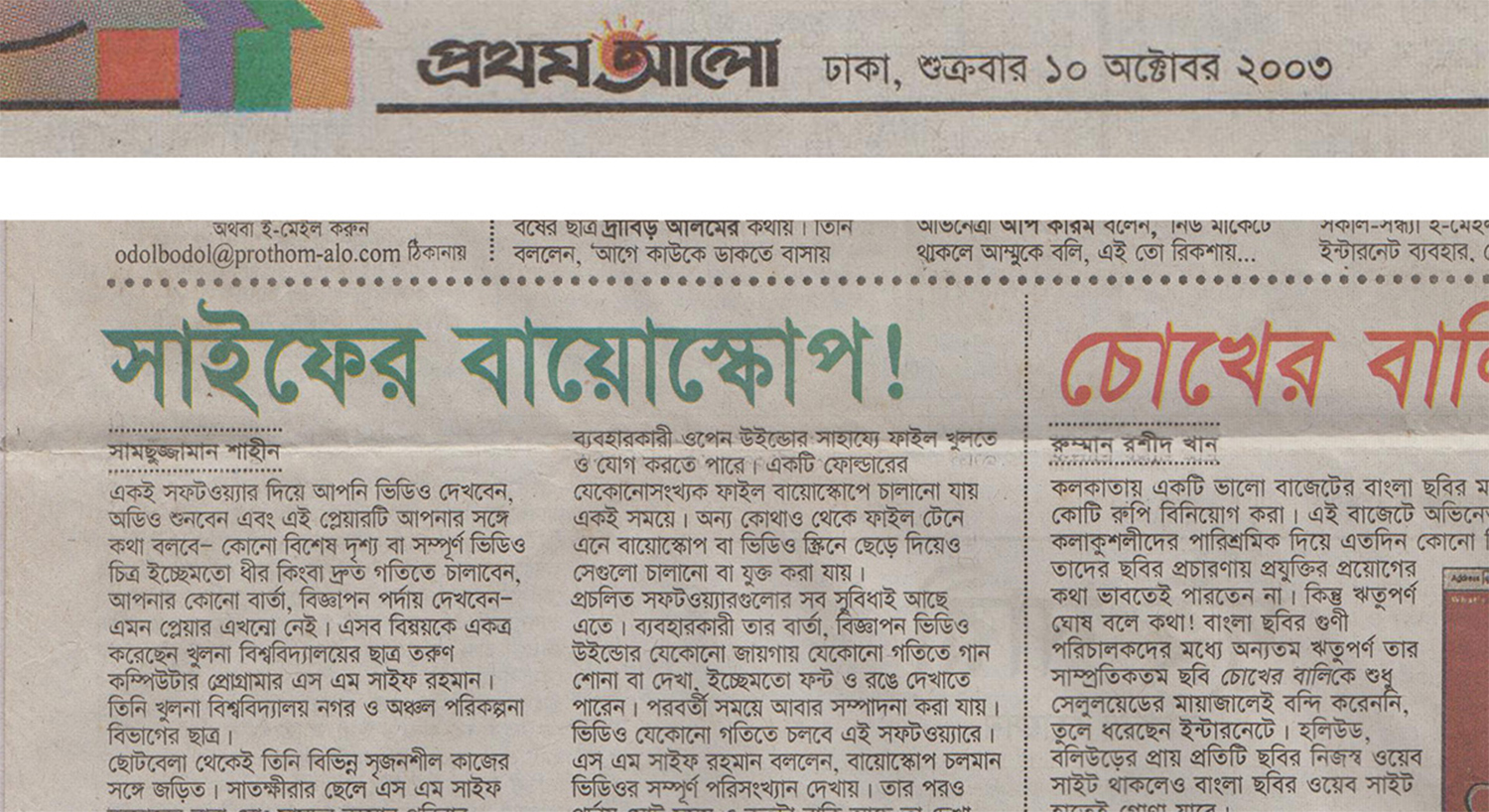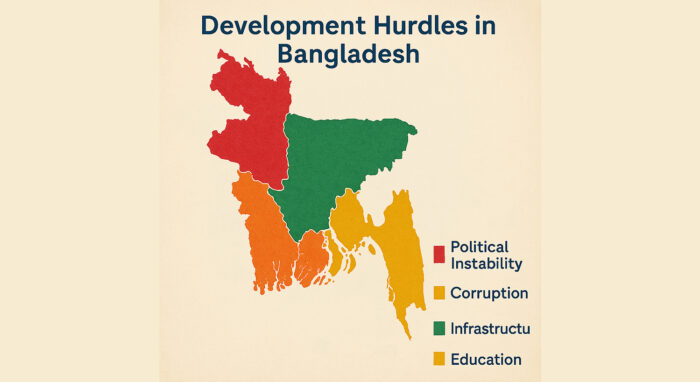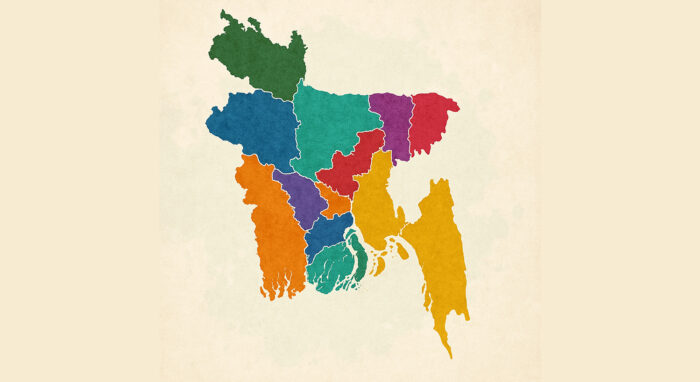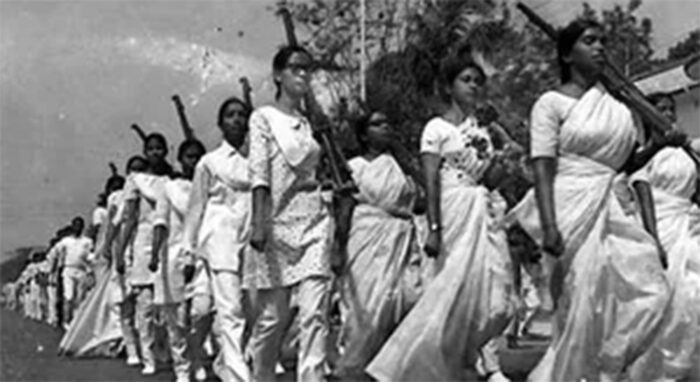
My Life, My Journey!
The Unlikely Journey of an IT Enthusiast from a Non-IT Background
The Curious Child in a Distant Village: The End of the 80s
My story begins in a small village, located 330 kilometers away from the bustling city of Dhaka. From my earliest memories, I was an intensely curious child. I had a seemingly endless stream of questions about everything: life, science, technology, society, and the world’s current events. While my constant questioning sometimes annoyed others, two people never tired of my curiosity: my father and one of my uncles. My uncle, who now serves as the District Education Officer of Chuadanga, was particularly patient, providing clear and thoughtful answers that nurtured my inquisitive spirit.
My first real encounter with the concept of information technology, or computers, was not in a classroom or a lab, but through the pages of a newspaper. During this time, Bangladeshi newspapers were just beginning to transition to the modern offset printing press and desktop publishing (DTP). I would read these articles, and my imagination would run wild. Computers seemed like something out of a science fiction movie—a tool exclusively for brilliant scientists and the ultra-wealthy. In Bangladesh, this perception was largely the reality. I would read about the incredible things computers could do and how developed countries were integrating them into their daily lives, a world that felt completely out of reach for a village boy like me. The idea of ever touching a computer, let alone owning one, was simply an untouchable dream.
The Dawn of New Technology: The Early 90s
The early 90s brought another technological marvel to Bangladesh: mobile phones. I remember a particularly captivating advertising campaign in the newspapers. It began with a full-page color advertisement—uncommon for the time—showing a closed flower with no text. The next day, the flower had slightly opened. This continued for a week until the flower was in full bloom. The grand reveal was the launch of Citycell, the country’s first cellular phone service. A couple of years later, I started seeing a few wealthy businessmen carrying these massive mobile phones. The setup was incredibly cumbersome, requiring a large handset, a separate antenna, and thick cables, making it a powerful but bulky status symbol.
My first direct experience with a computer happened in 1993, while I was a high school student. The government had supplied two computers to my school as part of a vocational education initiative. These machines were housed in a specially designated room. It was a place of reverence: the floor was carpeted, it was kept immaculately clean, and shoes were strictly forbidden. Entry was only permitted with the instructor’s approval. Fortunately, the instructor was my neighbor and held me in high regard, largely because I was the top student in my class. He often let me into the room, but I had no practical knowledge of how to operate the machines. I do recall the operating system was Windows 3.x. The school’s curriculum was limited to the basics—the history and different types of computers—without any practical training or programming lessons. Driven by my own curiosity, I began buying the magazine Computer Jagot. Through its articles, I became familiar with the name Mustafa Jabbar, who I viewed as an IT expert and a respected writer who advised the government on tech-related matters.
The Revolution of Windows 95: The End of the 90s
The late 90s marked a turning point in my relationship with technology. The release of Windows 95 was a seismic event in the world of computing, a true revolution that captivated educated people everywhere. My uncle, Alamgir Kabir, had become a computer lecturer at a local college and also taught at a training center called Mir Computers, which was one of the first in the area. I eagerly enrolled in his class. The fee was 1,000 BDT, a significant sum for my family, but it was worth it. At Mir Computers, I learned the fundamentals of Windows 95 and Microsoft Office. This institutional learning was my last; from then on, I taught myself everything, devouring books and websites to expand my knowledge. My confidence soared, but a major obstacle remained: I still didn’t have a computer. Owning one was my greatest dream, but I kept it to myself, fully aware of my family’s financial constraints.
During this period, Indian IT training companies like NIIT and APTECH established a presence in Bangladesh. They aggressively marketed the idea that the world was in desperate need of millions of IT professionals, a narrative that was great for their business. However, their course curricula and instructors were often insufficient to prepare students for the global market. Many students who completed these courses found themselves working as simple computer operators or composers. Any student who truly excelled did so through personal drive and independent study.
The University Years and a Dream Realized: The Early 2000s
My journey continued in Dhaka, where I moved to pursue a university education. I stayed in a mess on Elephant Road. A few months after I arrived, a new roommate named Musa joined us. He was a student at NIIT, and shortly after, his brother sent him a computer. It was incredibly slow, taking nearly a minute just to execute a simple ‘bold’ command. I didn’t use it much, assuming that as an NIIT student, Musa knew far more than me. However, a few months later, he replaced it with a Pentium III machine running Windows 98, which was a huge improvement. I started to learn some graphical work using Photoshop, and I would watch Musa as he worked with Photoshop and MS Access. Gradually, I began to understand the software’s basics and even started helping him with his work, which was a significant step for me.
My first experience with the internet was in 2001, thanks to a friend named Hasan Shisir. He took me to a cybercafé where the manager helped me create my very first email ID: [email protected]. The “planner” was a nod to my chosen field of study. The manager even assigned the password for me.
My roommate Mamun’s decision to buy a computer was a pivotal moment. I advised him to purchase one with a Celeron processor and an Intel motherboard, suggesting it was perfect for his needs—typing and listening to music. In reality, I was secretly hoping to use it for myself. I bought a book titled Microsoft Visual Basic by Azizur Rahman Khan, installed the software on Mamun’s computer, and wrote my first program: a simple application that displayed the time. I practiced relentlessly, often in my university’s lab when it was free, writing small, simple programs that, while funny, were building my programming confidence.
My longing for my own computer intensified. By the beginning of 2003, most of my classmates had their own machines. I saved 5,000 BDT from my tuition and scholarship money and asked my parents to help me with the remaining 15,000-16,000 BDT. They managed to gather the amount from their small savings, a contribution from my grandmother, and a loan from others. We weren’t a wealthy family, so their sacrifice meant the world to me. In the second quarter of 2003, I finally bought my own computer.
Its specifications were a source of great pride for me:
Processor: 1.7 GHz Celeron
Motherboard: DFI
Sound: Built-In
Graphics: Built-In
RAM: 128MB DDR2
Monitor: Samsung 15”
Speakers: 2-Piece
With my own machine, I could finally practice without any restrictions. I developed a multimedia player called BIOSCOPE XP. I created it to address the features I found lacking in other players. My work gained recognition, and newspapers like Prothom Alo published special features about it on their projanmo dot com page. The response was incredible; I received countless emails from fans and supporters. The Vice Chancellor of my university even hosted a special reception in my honor. One dedicated user even traveled all the way from Jessore to my home just to get the latest version of the software.
During this time, I connected with two influential people. A high school student named Samiul Islam reached out, expressing his fascination with my work and asking me to teach him programming. Impressed by his curiosity, I gave him my source code. Today, he is a well-known figure in Bangladesh’s web community and was a great help in finding bugs in my software. Another person, Kamruzzaman Plash, a senior from my university, provided constant inspiration for the continued development of BIOSCOPE. He is now an Urban Planning Expert at UNDP and continues to inspire me.
I released the final version, BIOSCOPE 21, in January 2004. While it may not be compatible with newer operating systems like Windows Vista or 7, it was a beloved multimedia player for Windows XP users, known for its unique features.
An Unexpected Disillusionment
While developing BIOSCOPE, I was selected for the BASIS IT Innovation Search Project. This led to an interview where I finally met Mustafa Jabbar in person, the man I had long admired. He was a tall figure with white hair and glasses. However, my admiration quickly dissolved. I was astonished when he seemed to indirectly discourage new innovations. It made me question why someone so recognized in the IT community would act that way. I began to wonder if he was only interested in his own product, Bijoy.
The Present and The Future
Today, I am immersed in my professional life, but my passion for technology remains. I’ve developed several internal software solutions for my office, including an SMS-based Microcredit Management System and a Personnel Information System. I have also built numerous websites.
I am continuously amazed by the young boys and girls I see today who are already proficient in web development, programming, and scripting while still in high school. When I see the creative work of innovators like Saif the Boss, Fahim Murshed, and Meraj, I feel a sense of both awe and jealousy. I am certain that these young minds will shape the future.
Many people still seek my advice and help with their IT problems. I do my best to assist them, but I know the world is changing at an incredible pace, and I must continue to learn and adapt to keep up. My acceleration must match the speed of this ever-changing world.
Related Posts

What are the main obstacles to Bangladesh’s development?
Bangladesh is a promising country in South Asia, with significant growth in economic progress, humanRead More

বাংলাদেশের উন্নয়নের পথে প্রধান সমস্যাগুলো কী কী?
বাংলাদেশ দক্ষিণ এশিয়ার একটি সম্ভাবনাময় দেশ, যার অর্থনৈতিক প্রবৃদ্ধি, মানব উন্নয়ন সূচকে অগ্রগতি এবং বৈশ্বিকRead More

What was the number of martyrs in the 1971 Liberation War?
The claim of 3 million martyrs is entirely unrealistic – there’s no logical basis toRead More

Comments are Closed